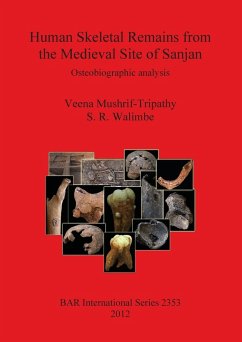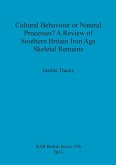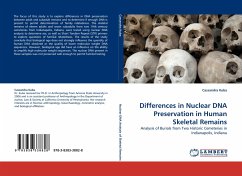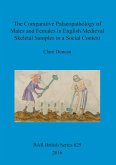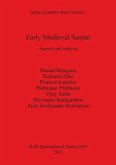This research is focused on the Medieval human skeletal series recovered from Sanjan (Valsad District, Gujarat, India). Horizontal excavations were undertaken at the archaeological site of Sanjan for three field seasons during 2002-05 jointly by the World Zarathushti Cultural Foundation and the Indian Archaeological Society. Studies on human skeletal remains recovered from the excavations were undertaken at the Anthropology laboratory of Archaeology Department of Deccan College Post-Graduate and Research Institute, Pune in 2006-07. The skeletal series of Sanjan is promising for more than one reason. The Parsis are Zoroastrian refugees from Iran, who made their landing near the present town of Sanjan on the coast of western India around 750 A.D. The Parsis represented in the skeletal series are the 16th century representatives of the ancestral migrant population. The broader aim of this study is to provide anthropological data for the skeletal population, an intermediate stage, which could be effectively used to evaluate the evolutionary changes seen from the ancestral population residing in Iran and the contemporary Indian Parsis.

